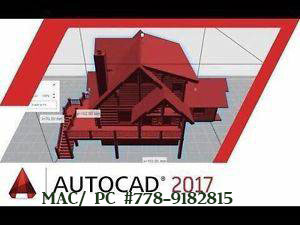

If performance is not a factor, then what other differences exist between the two such that you may choose one versus the other?įirst, let’s look at the nature of each option: VMware has published reports that suggest that, with vSphere 5.1, there is little difference in performance between the two options. Step 20.When it comes to disk configuration options for virtualized servers running on VMware you have two options: VMFS virtual file-based disk (VMDK) or a raw device mapping (RDM).

Step 19. Both our VM’s will now see the RDM disks mapped from our array,
Changeing a raw disk map in vmware from physical to cirtual windows#
Step 18. Just rescan the windows disks and bring the disk online on 2nd VM. Step 17. Ensure we select the same SCSI ID and ensure these attributes are set. Step 16. Navigate to the location of the disk file for our first server and click Add Step 15. On the second server that wish to see our RDM disk, go to add a new device, add a new SCSI controller as we did before and choose Existing Hard Disk Step 14. If you wish to map the RDM across to a clustered VM, we got to ensure all the VMs participating in the relationship see each other disks as shown above

$ctrl = $hd.Device | where,CapacityGB,DiskType,ScsiCanonicalName,DeviceName,FileName | out-gridview Get-VM | Get-HardDisk -DiskType "RawPhysical","RawVirtual" | Select = $_ Step 13 – Run this Powershell command to get the disk layout of the first VM Set-PowerCLIConfiguration -InvalidCertificateAction Ignore -Confirm:$false Step 10 – RDM Disk is added to the first virtual machine successfully so we will log in to our first VM bring the disk online Step 9 – I’ve gone ahead and attached all the remaining RDM’as well. Step 8. Choose compatibility mode as Physical, Sharing as No Sharing, and also choose the new SCSI controller for disk placement. Step 6. Choose the add a new harddrive as RDM Disk Step 5. Add a new SCSI controller and change disk type to VMware paravirtual, disk sharing to physical Ensure network adapter is set to VMXNet3. Step 3 – Change multipathing to roundrobin Step 2. Rescan the HBAs on all your ESXi servers. If multiple hosts are involved you should ensure they have the same LUN ID being mapped across else there will be SCSI reservation conflicts. I’ve just used a simple Microsoft ISCSI server to map 5 luns to the ESXi host. Step 1. The first step to adding an RDM to a virtual machine is to assign a new lun to your ESXi Servers. This allows it to leverage SAN specific features such as interation with the SANs own snapshot functions and this is presentation is favoured across MS Clustered VM’s. Physical compatability mode allows the VM to pass SCSI commands direct to the storage system LUN.Virtual Compatability Mode – this is the common deploymen tnad it provides vSphere snapshots of this virtual disk.LUNs presented from FC, FCoE and iSCSI are supported for RDMs. The RDM must be located on a separate SCSI controller. RDM’s are effectively another cluster on top of an existing clustering platform such as VMware so they shouldn’t be used that often.

In principle, RDM’s actually don’t offer any performance benefits comparing itself to VMDK’s on a VMFS datastore however there are specific scenarios such as the MS SQL clustering etc needing formatted NTFS disks to be shared across multiple VM’s. These presentations were the defacto standard in old SANs as rather than creating virtual disk files on a shared datastore, these mappings are direct from SAN and thus were believed to show better performance than using shared datastores before flash offerings became widely available. A Raw Disk Mapping (RDM) is a traditional way of presenting a LUN directly from a SAN to a virtual machine.


 0 kommentar(er)
0 kommentar(er)
